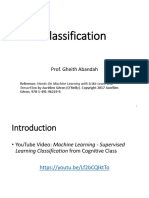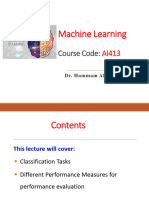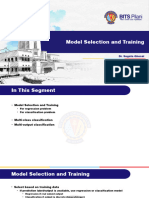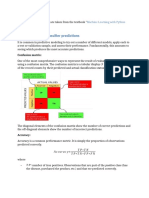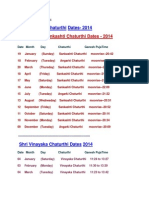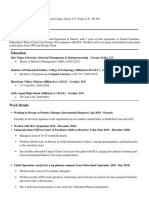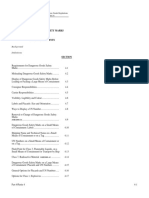0% found this document useful (0 votes)
5 views74 pagesML - Mod2 Classification
The document provides an overview of classification in machine learning, detailing its types such as binary, multiclass, and multilabel classification, along with examples. It discusses the MNIST dataset, performance measures like confusion matrices, precision, recall, and the ROC curve, as well as strategies for multiclass classification. Additionally, it touches on logistic regression and softmax regression as methods for classification tasks.
Uploaded by
PrrishithaCopyright
© © All Rights Reserved
We take content rights seriously. If you suspect this is your content, claim it here.
Available Formats
Download as PDF, TXT or read online on Scribd
0% found this document useful (0 votes)
5 views74 pagesML - Mod2 Classification
The document provides an overview of classification in machine learning, detailing its types such as binary, multiclass, and multilabel classification, along with examples. It discusses the MNIST dataset, performance measures like confusion matrices, precision, recall, and the ROC curve, as well as strategies for multiclass classification. Additionally, it touches on logistic regression and softmax regression as methods for classification tasks.
Uploaded by
PrrishithaCopyright
© © All Rights Reserved
We take content rights seriously. If you suspect this is your content, claim it here.
Available Formats
Download as PDF, TXT or read online on Scribd
/ 74

